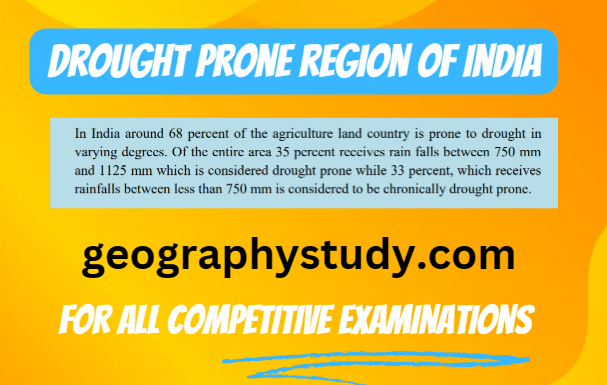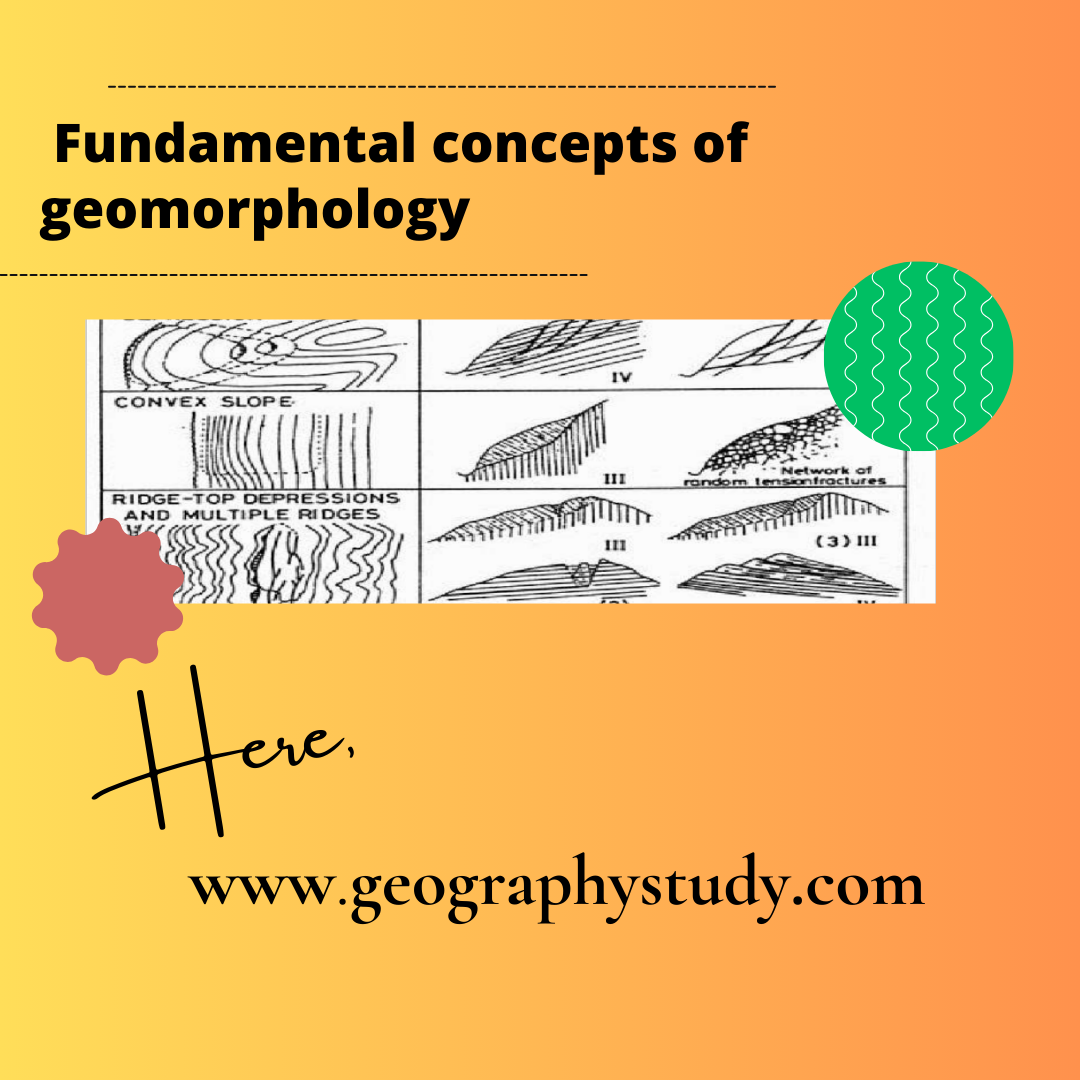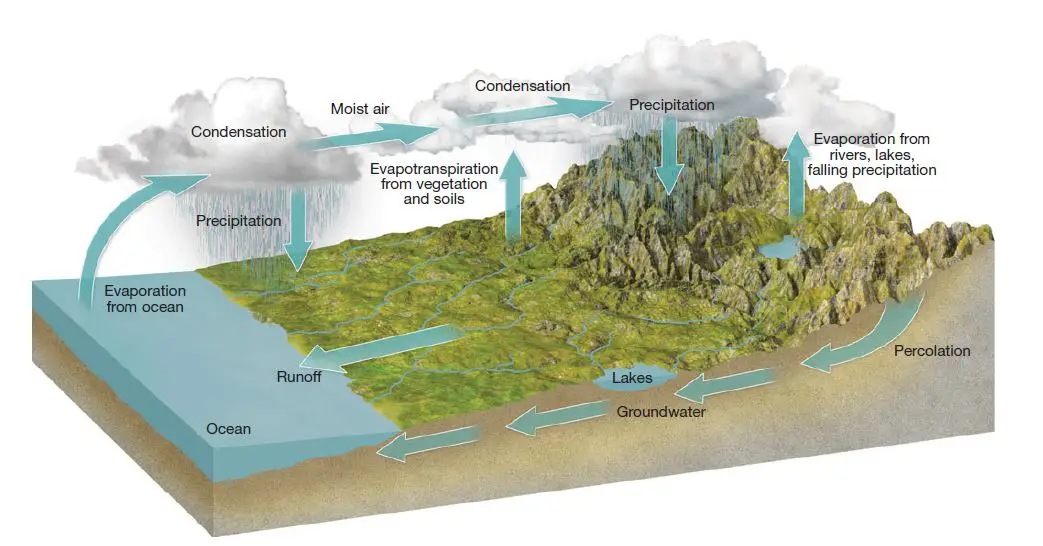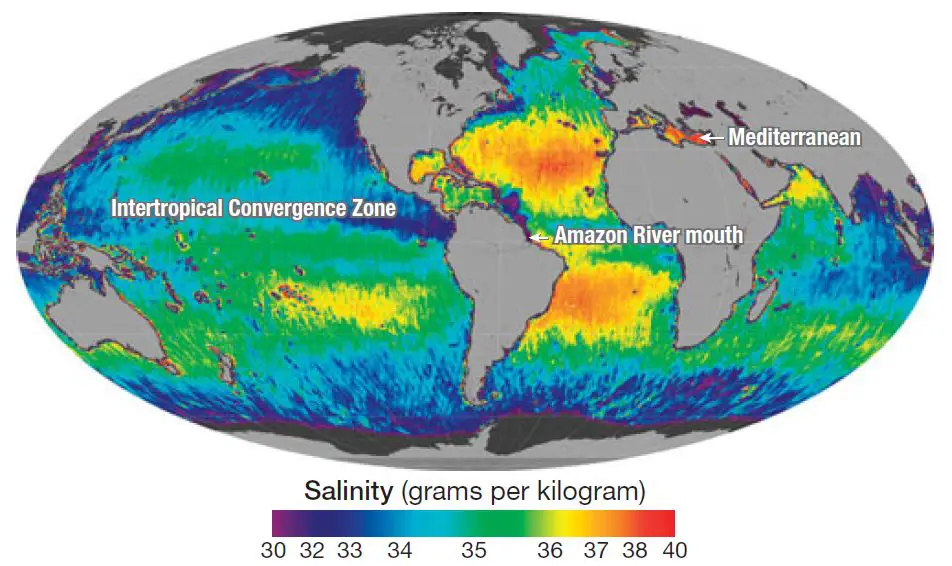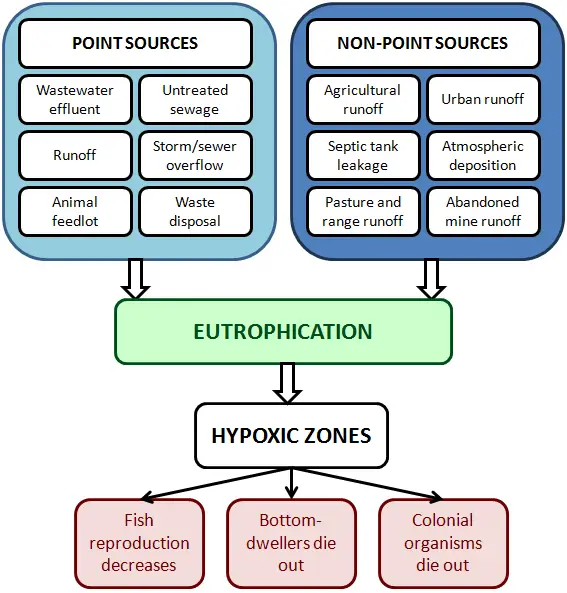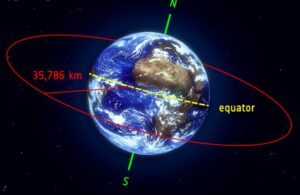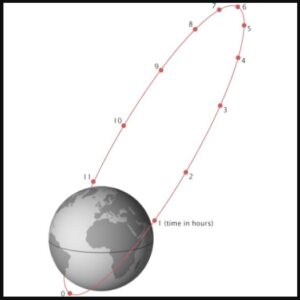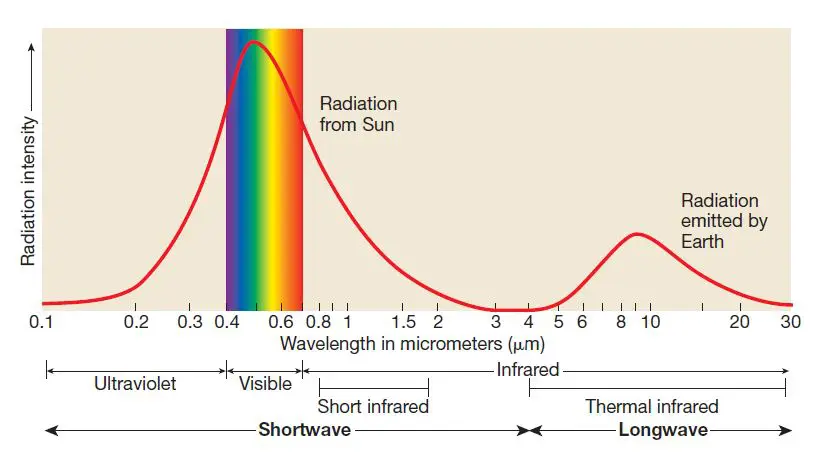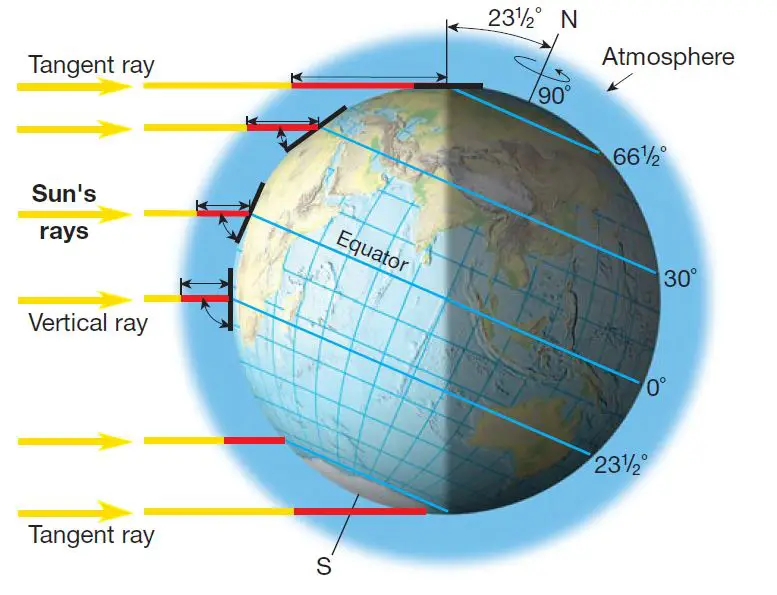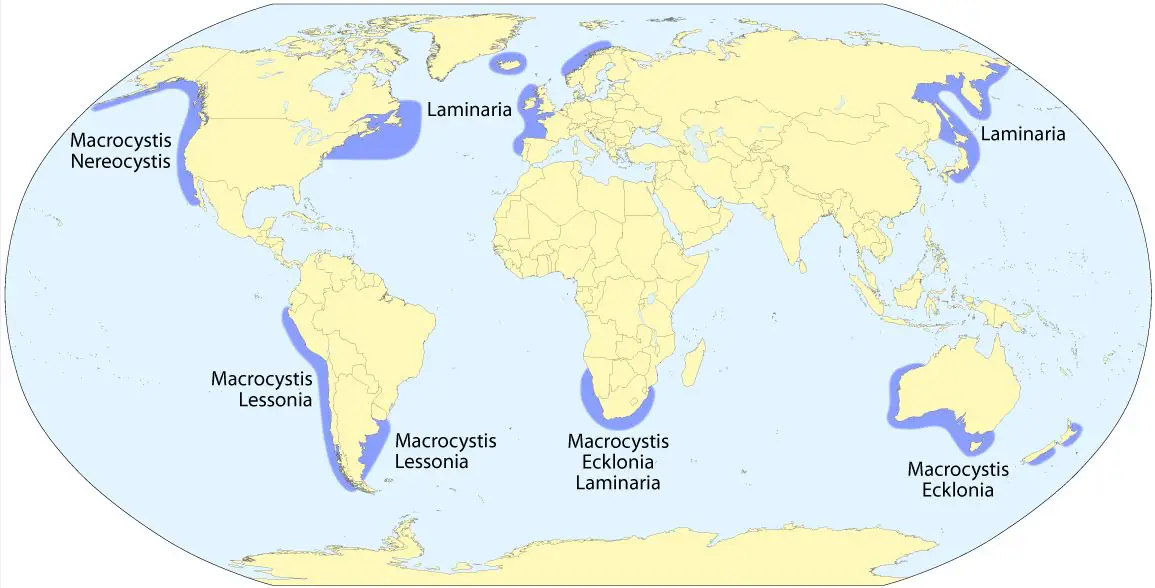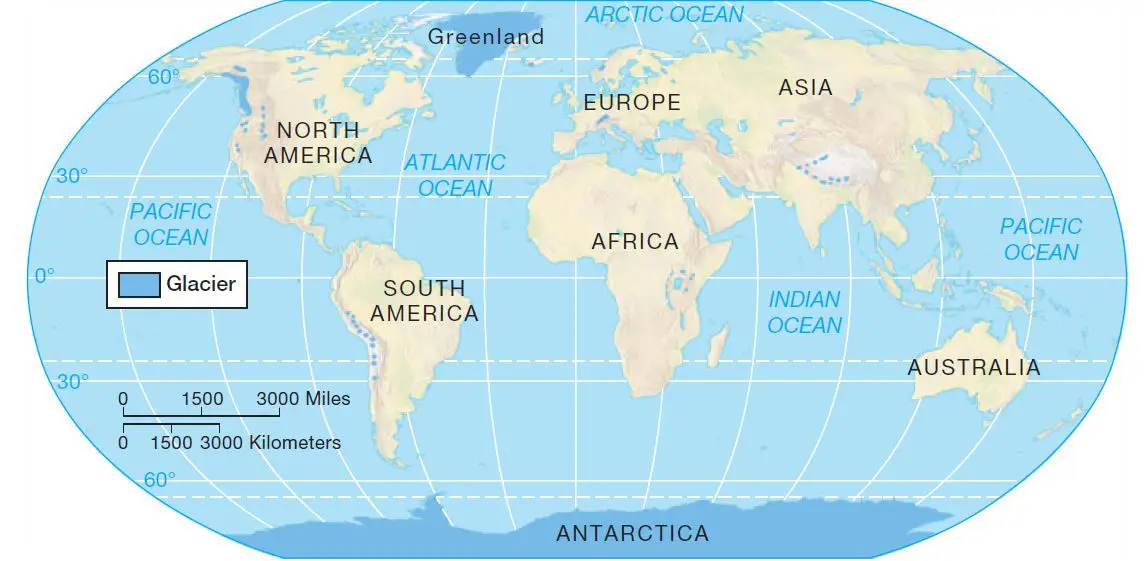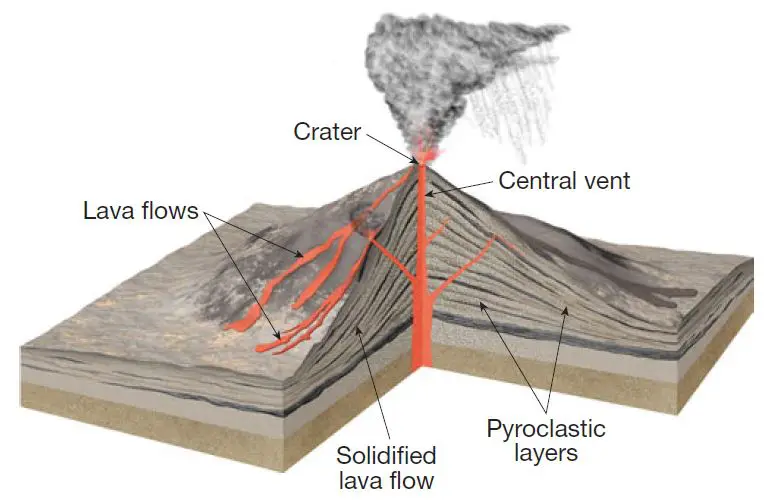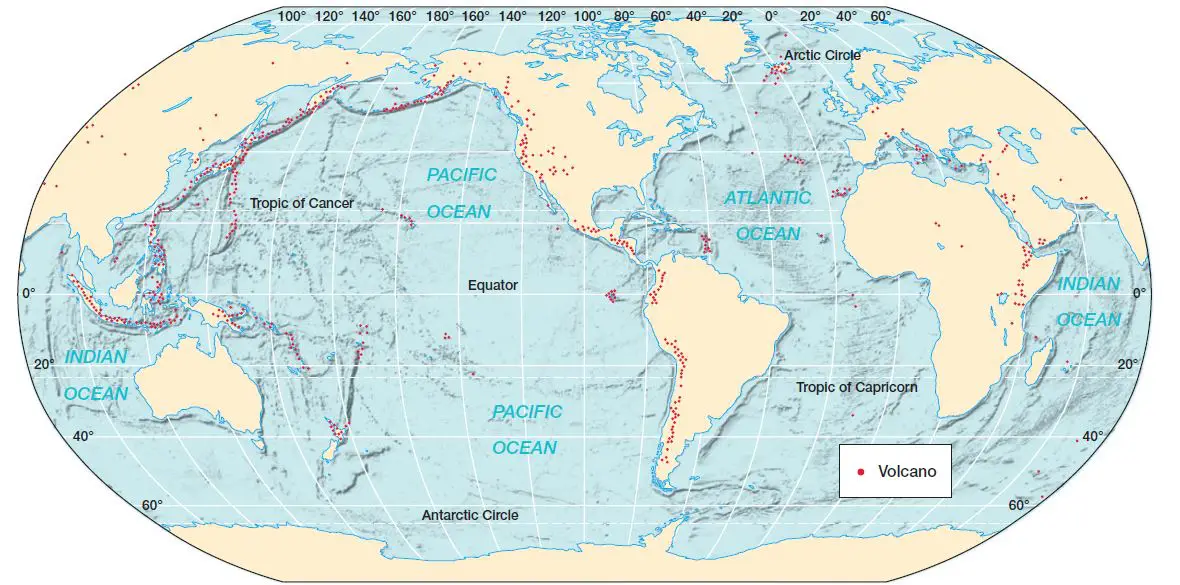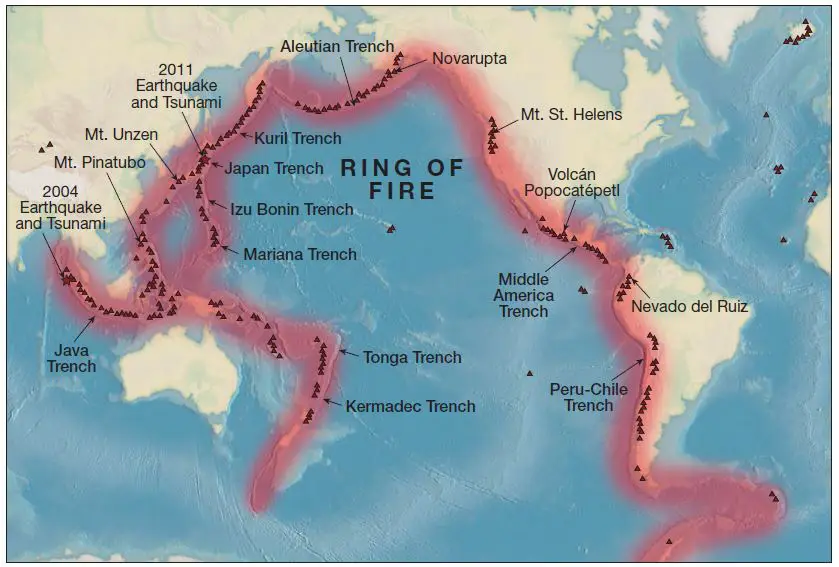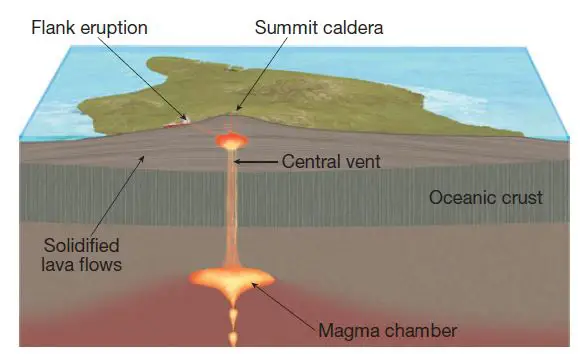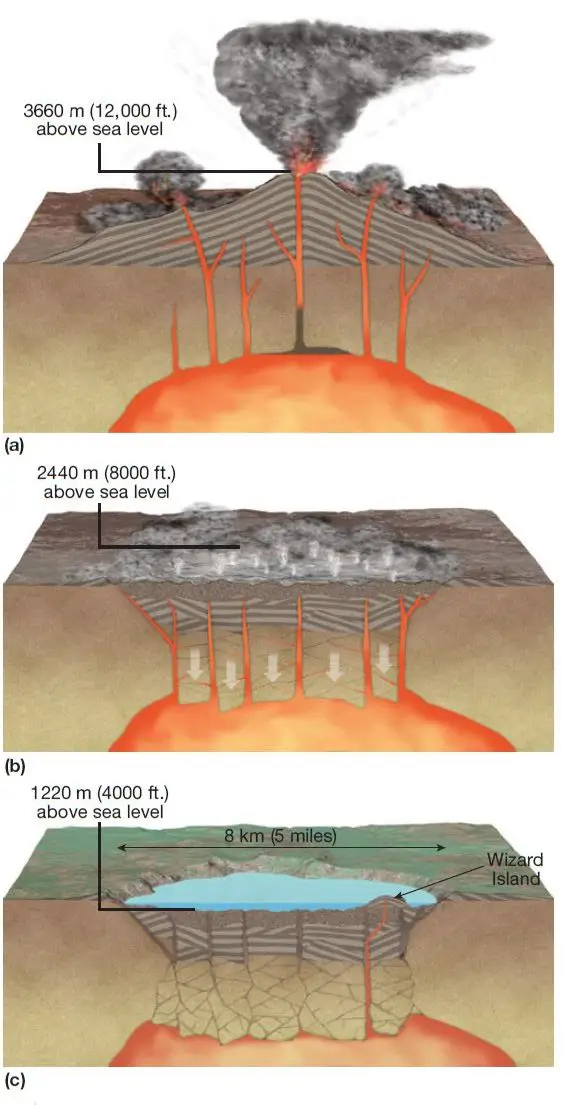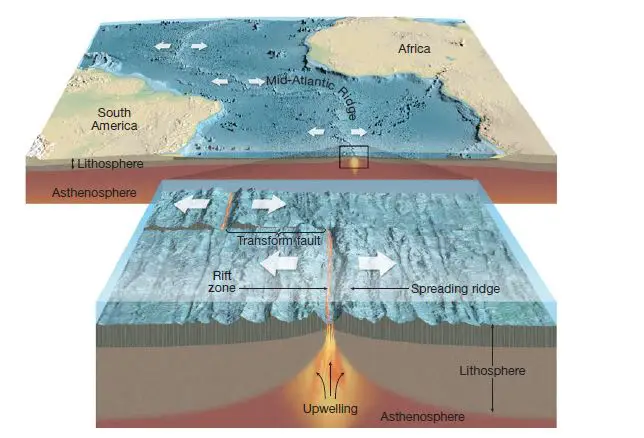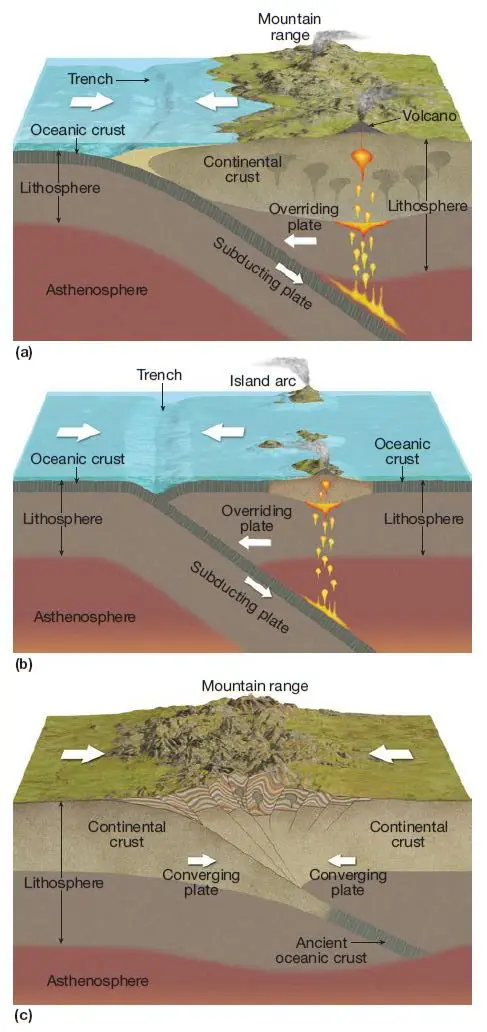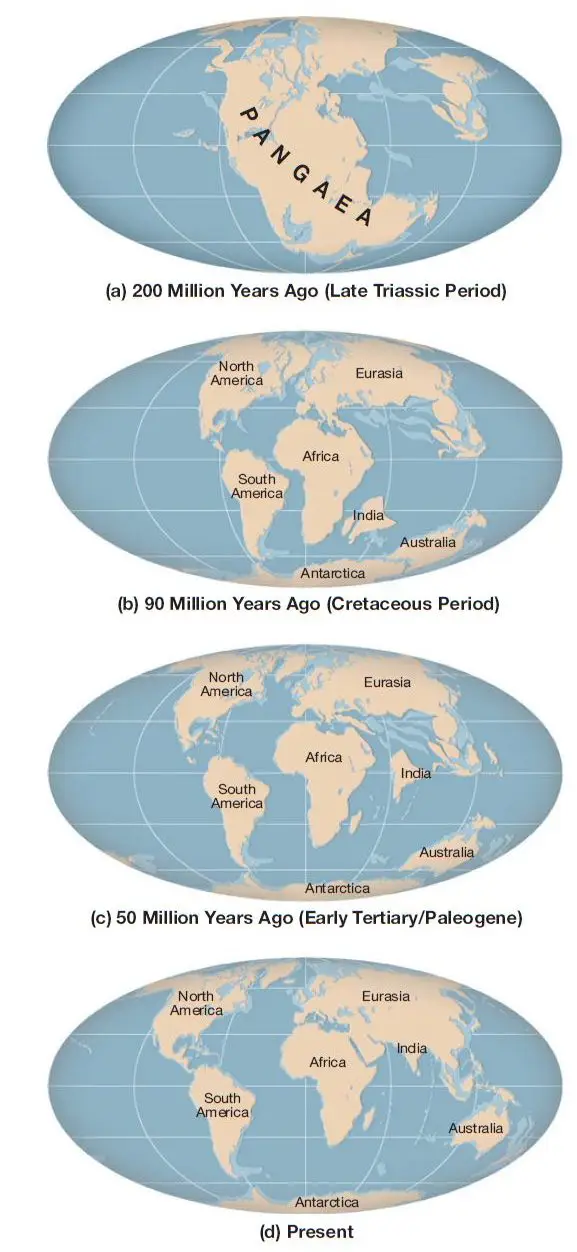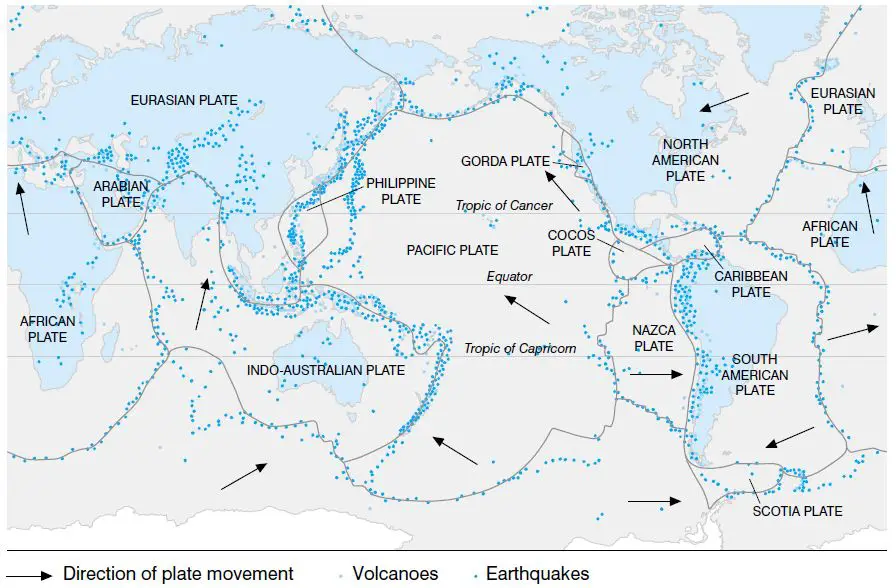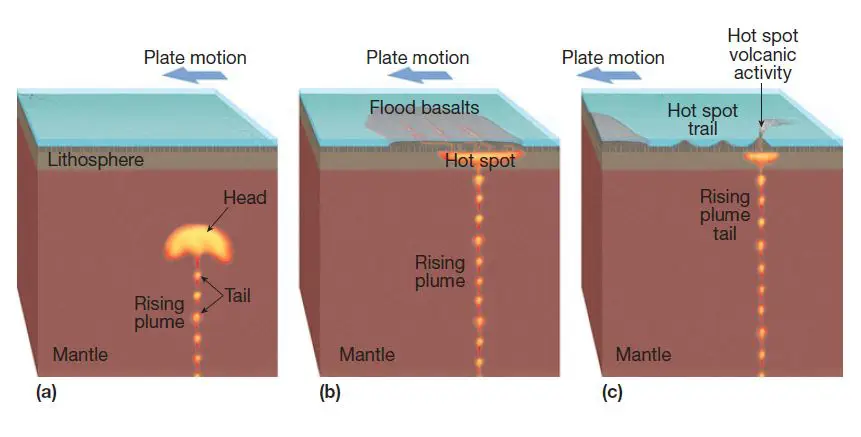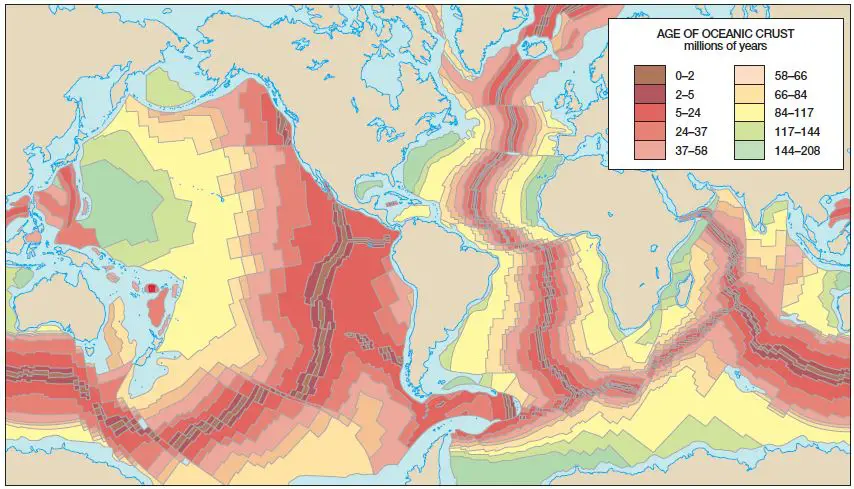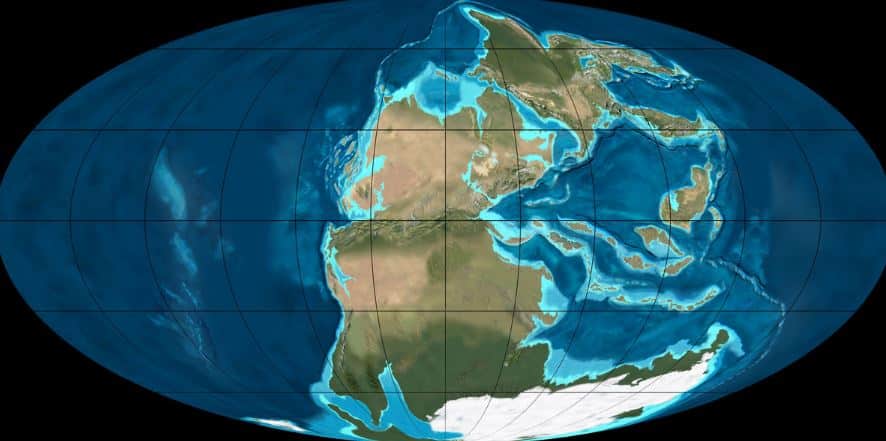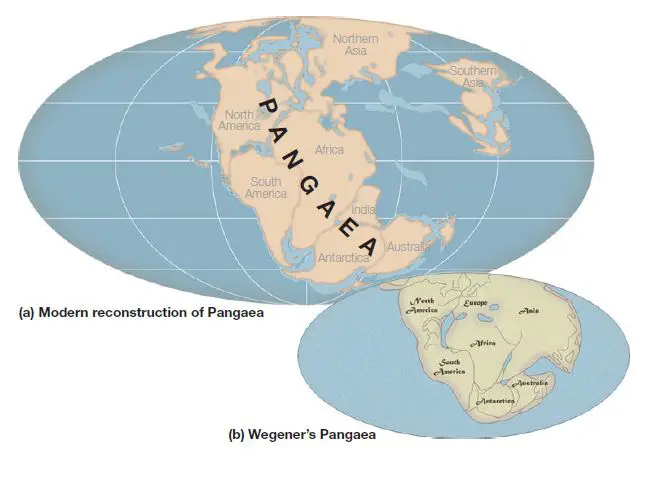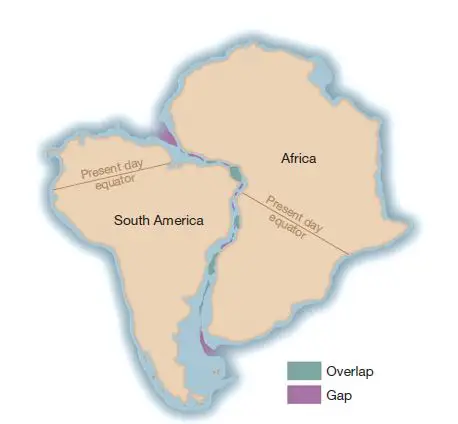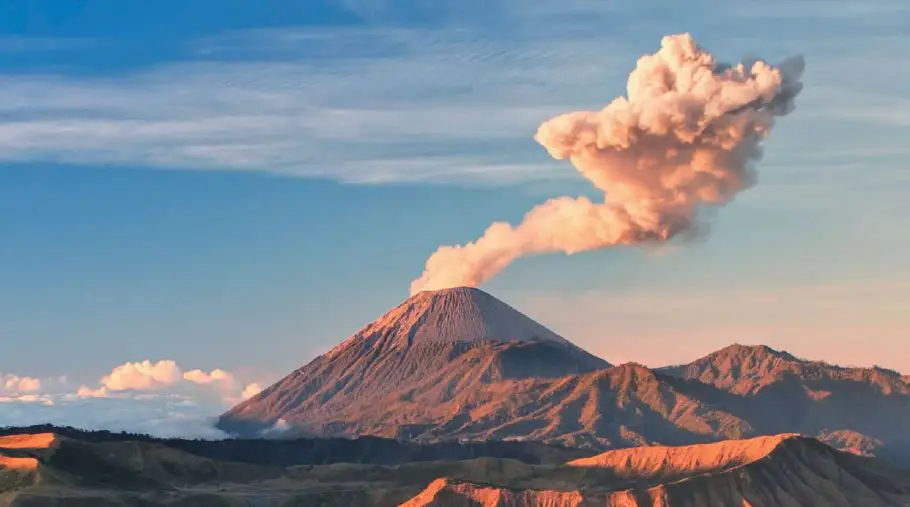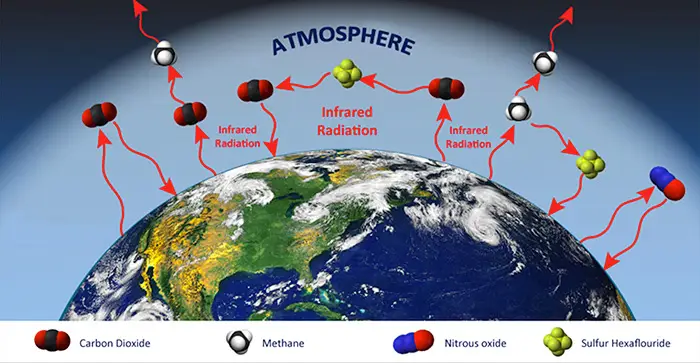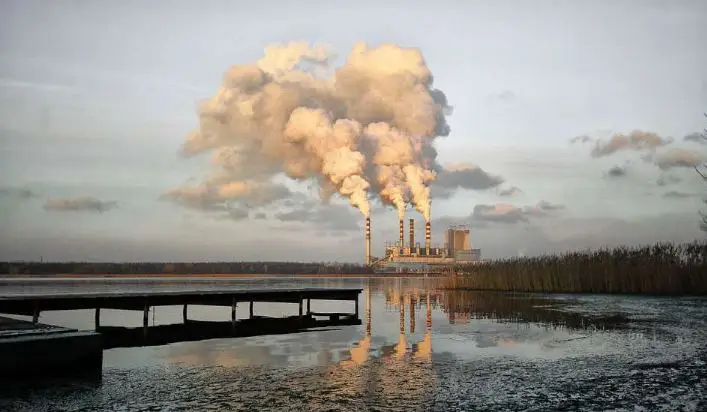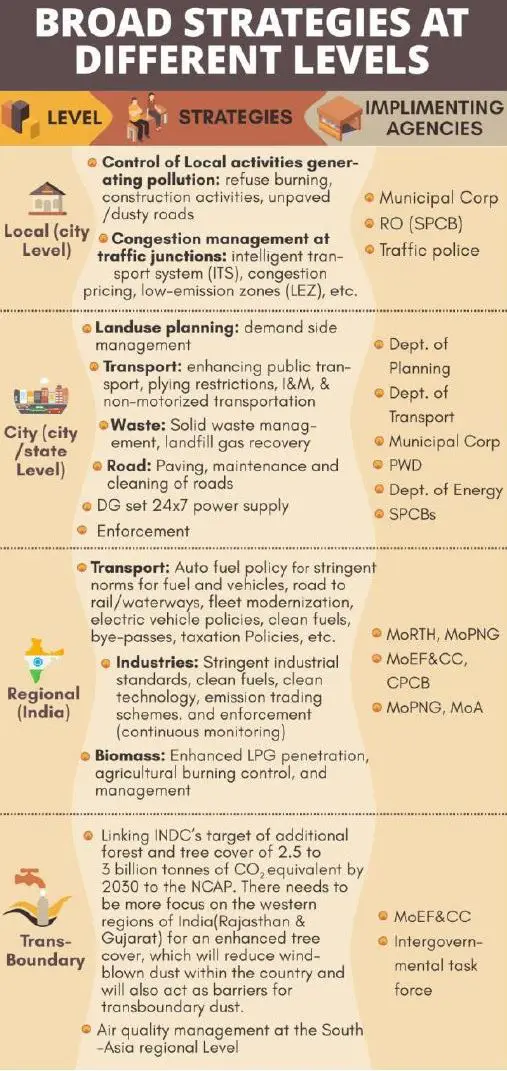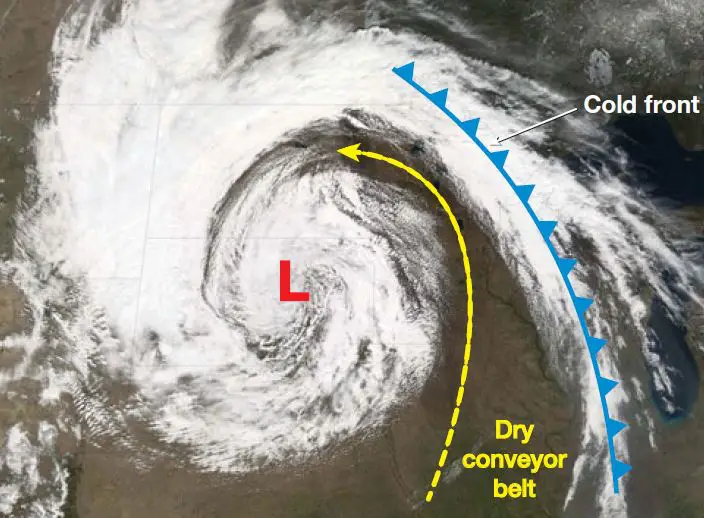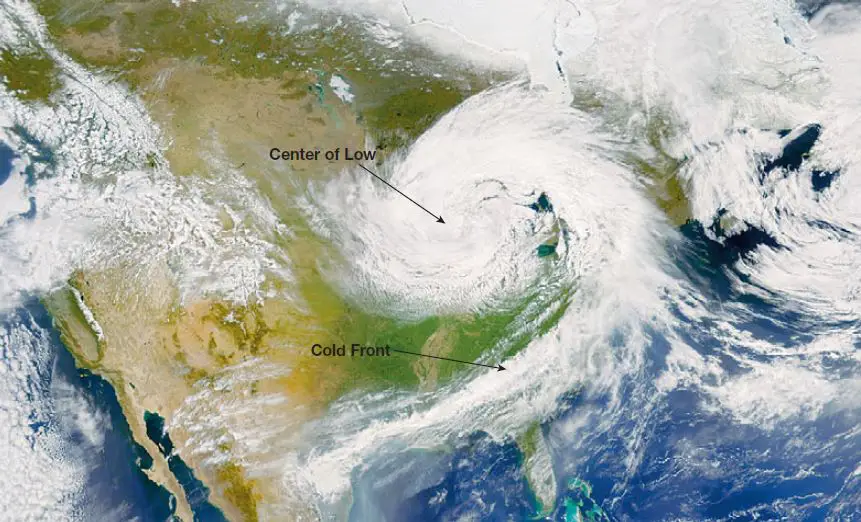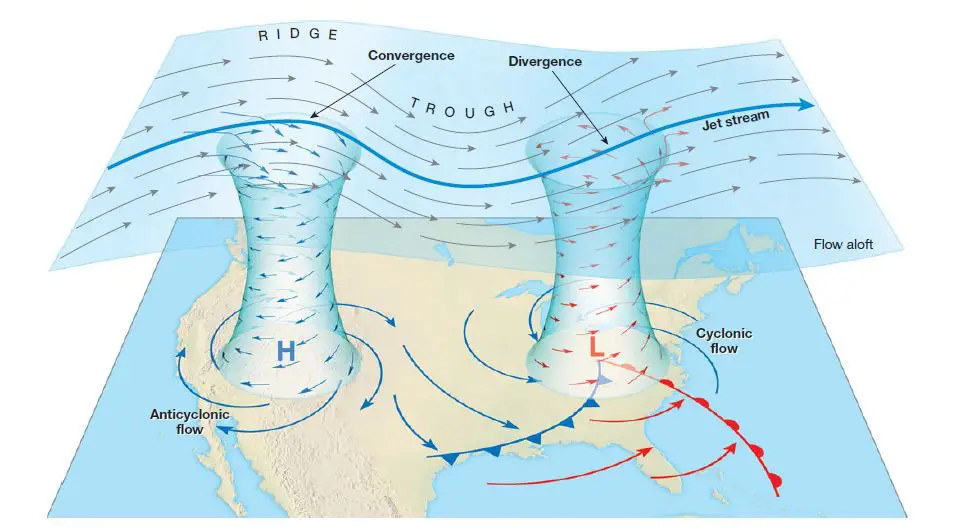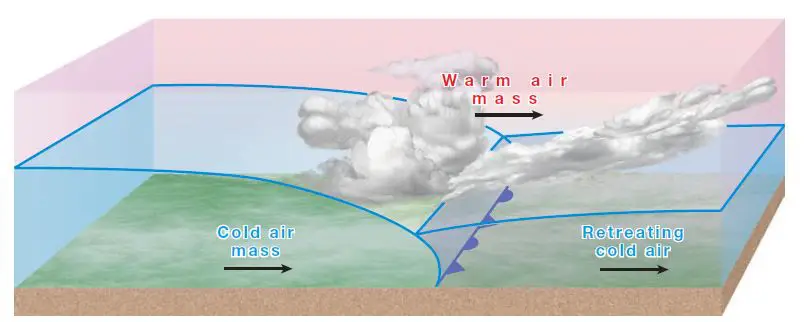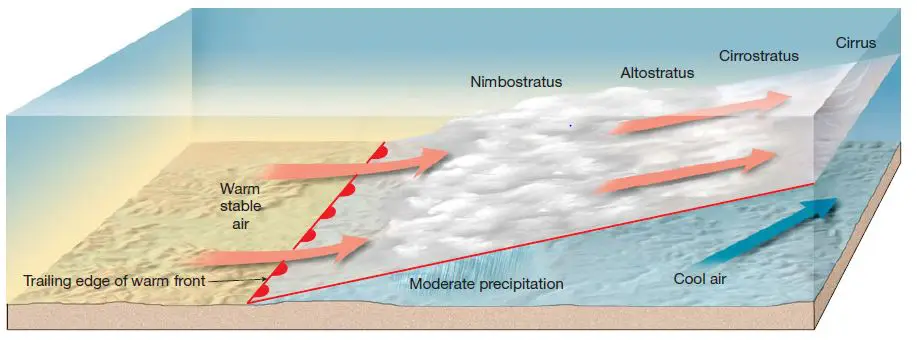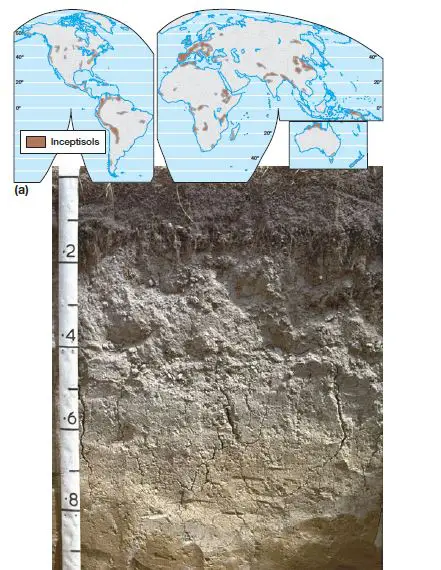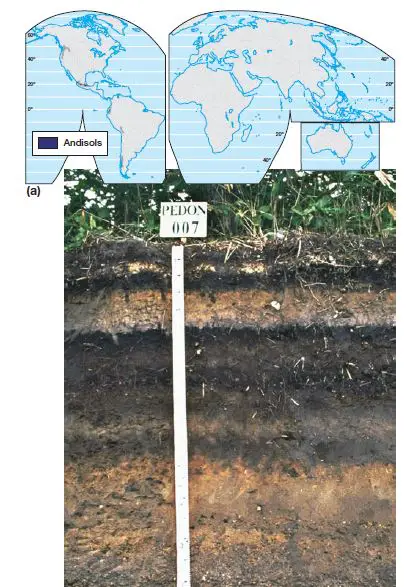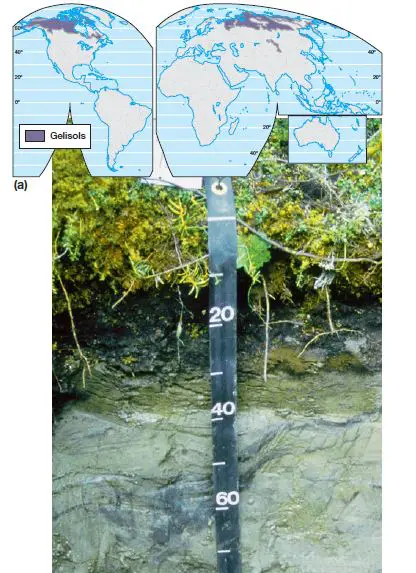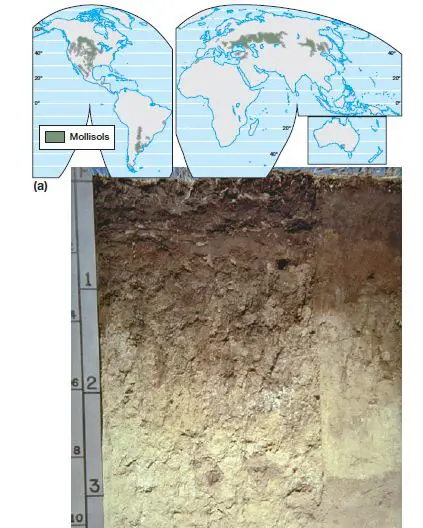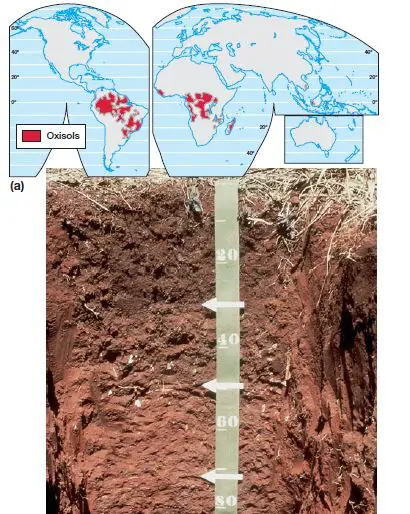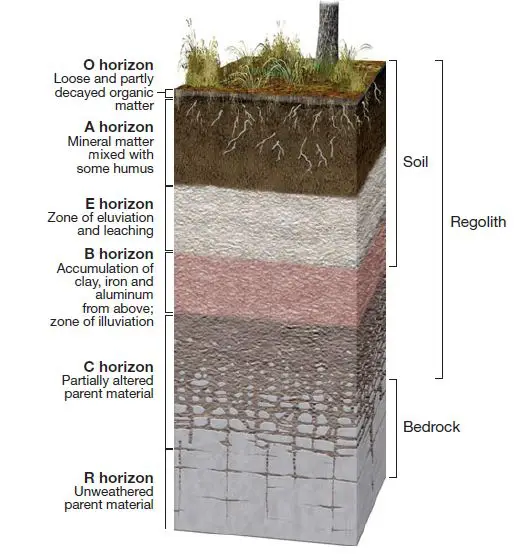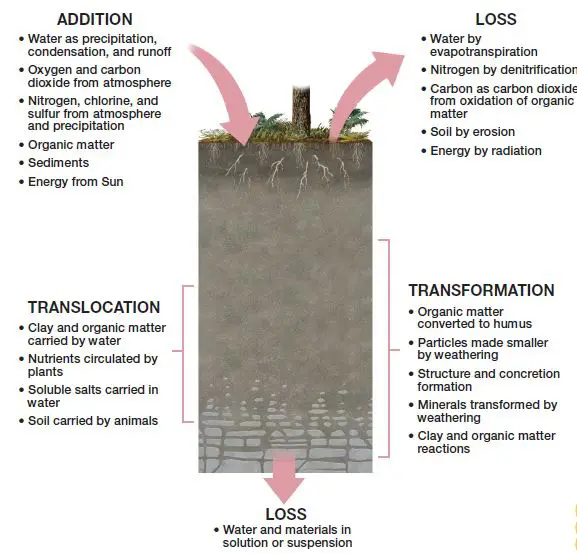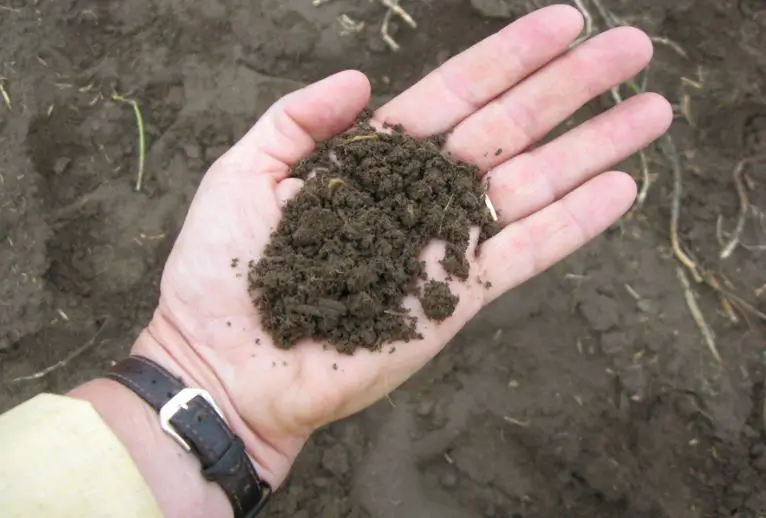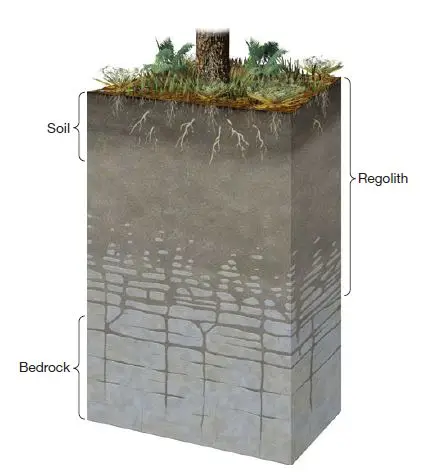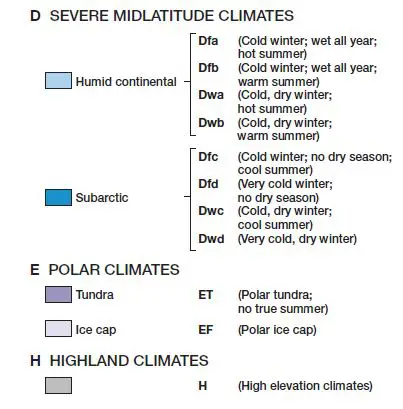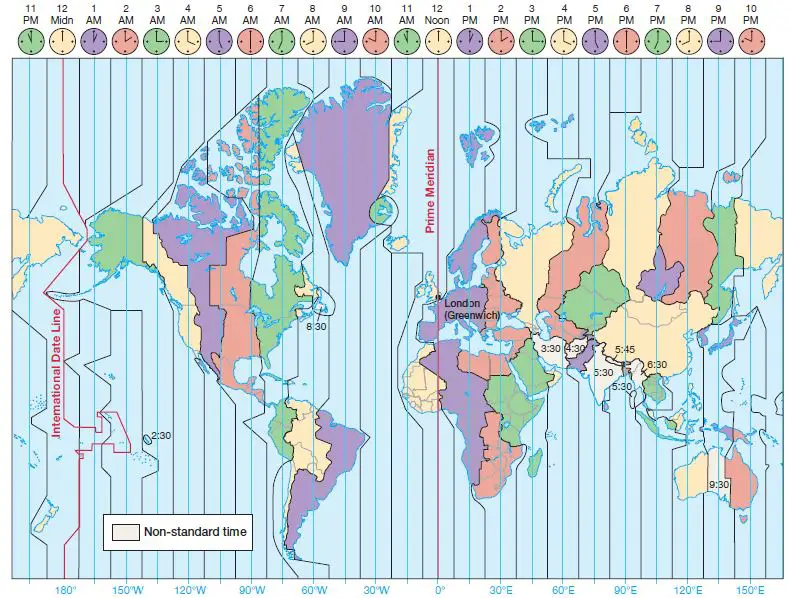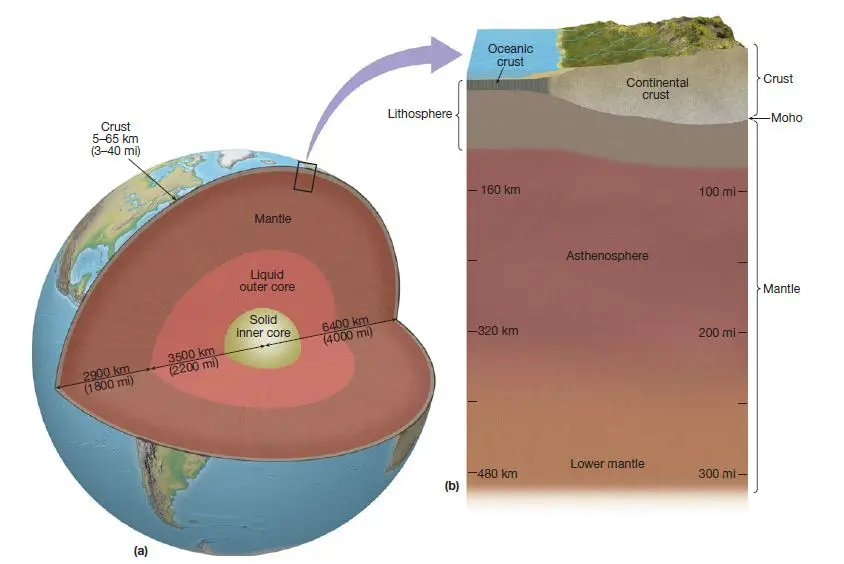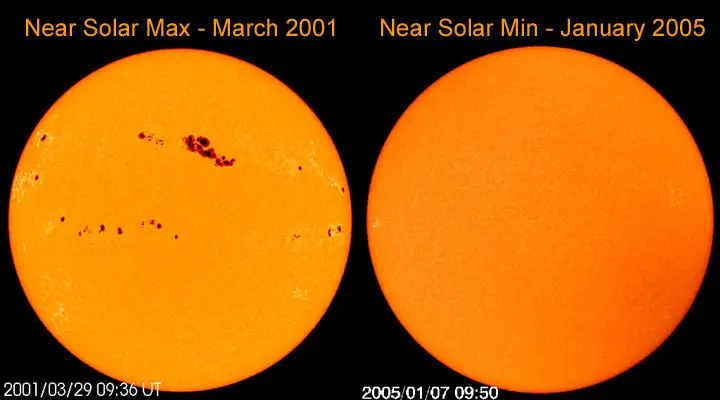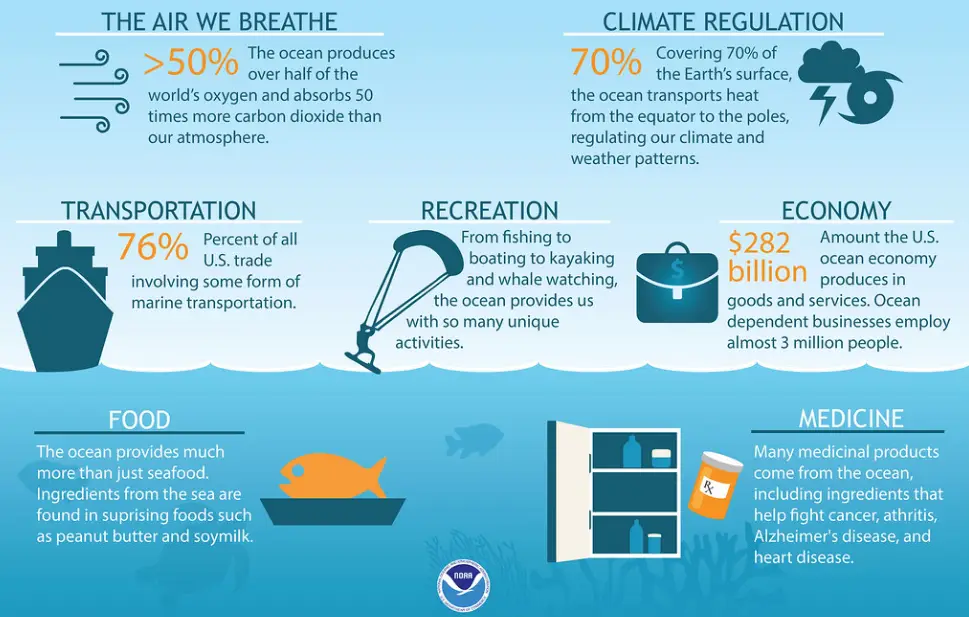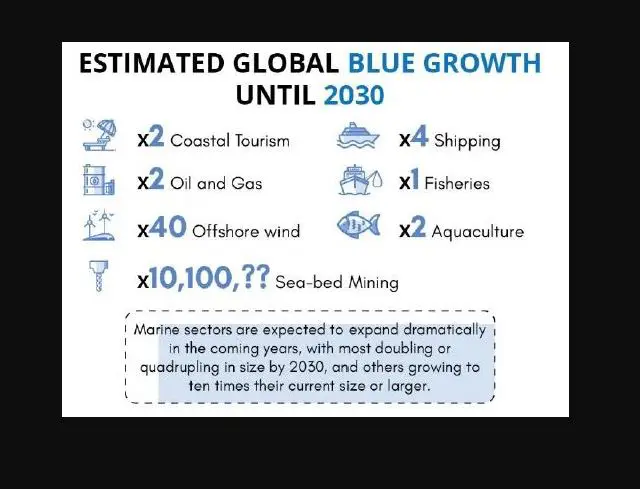Factors Affecting Industrial Location Decisions
Industrial location decisions are critical for businesses as they determine the optimal location for their facilities. The choice of location can significantly impact the company’s efficiency, cost-effectiveness, and overall success. Various factors influence industrial location decisions, and understanding them is crucial for companies and policymakers alike.
Significance of Industrial Location Decisions
Choosing the right industrial location is essential for several reasons:
- Cost Reduction: A strategically chosen location can help minimize transportation costs, reduce supply chain expenses, and improve operational efficiency.
- Market Access: Proximity to consumers and markets ensures easy access to target customers and enables quick response to their demands.
- Labor Availability: An appropriate location can provide access to a skilled and unskilled labor force, ensuring smooth production processes.
- Government Incentives: Governments often offer incentives, tax breaks, and subsidies to attract businesses. Choosing a location that offers such benefits can lead to cost savings.
- Resource Optimization: Strategic industrial location decisions help optimize the use of resources, such as raw materials, energy, and utilities.
Features Affecting Industrial Location
Several features influence industrial location decisions:
- Proximity to Raw Materials: Industries that rely on specific raw materials, such as mining or agriculture, often locate close to their sources to minimize transportation costs.
- Transportation and Infrastructure: Access to transportation networks, including roads, highways, railways, ports, and airports, is crucial for efficient movement of goods and employees.
- Labor Supply: Availability of skilled and unskilled labor is a significant factor as industries require a suitable workforce for production.
- Market Access: The proximity to consumers and markets is essential for industries focused on serving local or regional markets.
- Energy Supply: Reliable and cost-effective access to energy sources, such as electricity and natural gas, is critical for many industrial processes.
- Government Policies and Incentives: Government regulations, tax incentives, and subsidies can influence industrial location decisions.
- Land and Real Estate Costs: The cost of land and industrial real estate can significantly impact the location choice.
- Environmental Regulations: Environmental considerations, such as emissions restrictions, waste disposal regulations, and sustainability goals, play a role in location decisions.
- Infrastructure and Utility Costs: Access to water, wastewater treatment, and other utilities can affect the feasibility of industrial operations.
- Proximity to Suppliers and Customers: Being close to suppliers and customers can reduce lead times and transportation costs.
- Political Stability: A stable political environment is important for long-term investments and operations.
- Quality of Life: Factors like the availability of education, healthcare, and cultural amenities can influence the ability to attract and retain a skilled workforce.
- Clusters and Industry Agglomeration: Many industries cluster together in specific regions to take advantage of a shared labor pool, suppliers, and knowledge spillovers.
- Regulatory and Compliance Considerations: Industries with specific regulatory requirements may need to consider proximity to regulatory agencies.
- Risk and Resilience: Industrial facilities consider factors like natural disaster risk, climate resilience, and supply chain vulnerabilities in their location decisions.
- Economic Incentives: Governments may offer tax breaks, grants, or other incentives to attract businesses to a particular area.
- Access to Research and Development: Industries requiring innovation often locate near universities, research centers, or innovation hubs.
- Regional Economic Conditions: The local business environment and economic stability of a region can influence location choices.
- Transportation Costs: The cost of transporting raw materials and finished products is a significant factor for some industries.
- Regulatory Environment: Industries may consider the ease of complying with local, state, and national regulations when choosing a location.
Objectives and Effects of Industrial Location Decisions
The objectives of industrial location decisions include:
- Optimizing operational efficiency
- Reducing costs
- Improving market access and customer responsiveness
- Ensuring access to skilled labor
- Complying with regulatory requirements
Industrial location decisions have several effects:
- Economic Growth: Strategic industrial locations contribute to regional and national economic growth.
- Employment Opportunities: Industrial facilities create job opportunities for the local population.
- Infrastructure Development: Industrial locations drive the development of transportation networks, utilities, and other infrastructure.
- Trade and Supply Chains: Optimal industrial locations facilitate efficient global trade and supply chains.
Pros and Cons of Industrial Location Decisions
Pros:
- Cost Savings: Well-planned industrial locations can lead to cost savings through reduced transportation expenses and access to government incentives.
- Efficient Operations: Strategic locations improve operational efficiency, supply chain management, and customer responsiveness.
- Access to Resources: Proximity to raw materials, labor, and markets ensures easy access to essential resources.
- Economic Growth: Industrial locations contribute to regional and national economic growth, creating employment opportunities.
Cons:
- High Initial Investment: Establishing industrial facilities in prime locations often requires substantial upfront investments.
- Environmental Impact: Industrial activities can have adverse environmental effects if not managed properly.
- Dependence on Government Support: Reliance on government incentives and policies may introduce uncertainties in the long run.
Fun Fact: Clustering and Industry Agglomerations
Did you know that many industries cluster together in specific regions to benefit from shared resources and knowledge spillovers? These clusters, also known as industry agglomerations, promote collaboration, innovation, and competitiveness within the industry. Silicon Valley, the hub of the technology industry, is a prime example of such a cluster.
In conclusion, industrial location decisions involve considering various factors such as proximity to raw materials, labor availability, market access, infrastructure, government policies, and environmental considerations. By carefully evaluating these factors, companies can make informed decisions that optimize their operations, reduce costs, and contribute to economic growth.
So, the next time you see a factory or industrial facility, remember that its location was chosen based on a careful analysis of numerous factors!
Mutiple Choice Questions
1. Which factor plays a significant role in determining the location of industrial facilities?
a) Proximity to raw materials
b) Access to transportation networks
c) Availability of skilled and unskilled labor
d) All of the above
Explanation: The correct answer is d) All of the above. Proximity to raw materials, access to transportation networks, and availability of skilled and unskilled labor are all common factors that often play a significant role in determining the location of industrial facilities.
2. Why is proximity to raw materials important for some industries?
a) It reduces transportation costs
b) It increases production efficiency
c) It improves market access
d) It ensures political stability
Explanation: The correct answer is a) It reduces transportation costs. Industries that rely on specific raw materials, like mining or agriculture, are often located close to their sources to reduce transportation costs.
3. Which factor is crucial for the efficient movement of goods and employees?
a) Proximity to raw materials
b) Labor supply
c) Transportation and infrastructure
d) Quality of life
Explanation: The correct answer is c) Transportation and infrastructure. Access to transportation networks, including roads, highways, railways, ports, and airports, is crucial for the efficient movement of goods and employees.
4. What is the significance of market access for industrial facilities?
a) It ensures political stability
b) It reduces lead times and transportation costs
c) It improves access to research and development
d) It minimizes environmental regulations
Explanation: The correct answer is b) It reduces lead times and transportation costs. Proximity to consumers and markets is essential for industries focused on serving local or regional markets, as it can reduce lead times and transportation costs.
5. Which factor is critical for many industrial processes?
a) Energy supply
b) Government policies and incentives
c) Land and real estate costs
d) Environmental regulations
Explanation: The correct answer is a) Energy supply. Reliable and cost-effective access to energy sources, such as electricity and natural gas, is critical for many industrial processes.
6. How can government policies and incentives influence industrial location decisions?
a) They can increase transportation costs
b) They can decrease land and real estate costs
c) They can offer tax incentives and subsidies
d) They can restrict access to skilled labor
Explanation: The correct answer is c) They can offer tax incentives and subsidies. Government regulations, tax incentives, and subsidies can influence industrial location decisions by providing economic benefits and incentives for businesses to operate in a particular area.
7. What factor can significantly impact the location choice of industrial facilities?
a) Environmental regulations
b) Land and real estate costs
c) Proximity to suppliers and customers
d) Political stability
Explanation: The correct answer is b) Land and real estate costs. The cost of land and industrial real estate can significantly impact the location choice of industrial facilities.
8. Which factor can affect the feasibility of industrial operations?
a) Proximity to raw materials
b) Government policies and incentives
c) Infrastructure and utility costs
d) Risk and resilience
Explanation: The correct answer is c) Infrastructure and utility costs. Access to water, wastewater treatment, and other utilities can affect the feasibility of industrial operations.
9. What role does political stability play in industrial location decisions?
a) It ensures access to research and development
b) It reduces transportation costs
c) It minimizes environmental regulations
d) It provides a stable environment for long-term investments and operations
Explanation: The correct answer is d) It provides a stable environment for long-term investments and operations. A stable political environment is important for industrial facilities as it provides a favorable and predictable environment for long-term investments and operations.
10. Which factor can influence the ability to attract and retain a skilled workforce?
a) Quality of life
b) Clusters and industry agglomeration
c) Regulatory and compliance considerations
d) Economic incentives
Explanation: The correct answer is a) Quality of life. Factors like the availability of education, healthcare, and cultural amenities can influence the ability to attract and retain a skilled workforce.
11. Why do many industries cluster together in specific regions?
a) To reduce transportation costs
b) To increase production efficiency
c) To take advantage of shared resources and knowledge spillovers
d) To minimize environmental regulations
Explanation: The correct answer is c) To take advantage of shared resources and knowledge spillovers. Many industries cluster together in specific regions to take advantage of a shared labor pool, suppliers, and knowledge spillovers, which can lead to increased efficiency and innovation.
12. What should industries with specific regulatory requirements consider when choosing a location?
a) Proximity to raw materials
b) Risk and resilience
c) Economic incentives
d) Proximity to regulatory agencies
Explanation: The correct answer is d) Proximity to regulatory agencies. Industries with specific regulatory requirements, such as pharmaceuticals or aerospace, may need to consider proximity to regulatory agencies to ensure compliance with regulations.
13. What factors should industrial facilities consider in terms of risk and resilience?
a) Proximity to raw materials
b) Access to research and development
c) Risk of natural disasters and climate resilience
d) Transportation costs
Explanation: The correct answer is c) Risk of natural disasters and climate resilience. Industrial facilities should consider factors like natural disaster risk, climate resilience, and supply chain vulnerabilities in their location decisions to ensure their operations are not significantly affected by external risks.
14. What incentives can governments offer to attract businesses to a particular area?
a) Tax breaks, grants, or other incentives
b) Access to transportation networks
c) Availability of skilled labor
d) Quality of life amenities
Explanation: The correct answer is a) Tax breaks, grants, or other incentives. Governments may offer tax breaks, grants, or other incentives to attract businesses to a particular area and promote economic development.
15. Where might industries requiring innovation and research facilities locate?
a) Near transportation networks
b) Near universities, research centers, or innovation hubs
c) In regions with low land and real estate costs
d) Near suppliers and customers
Explanation: The correct answer is b) Near universities, research centers, or innovation hubs. Industries that require innovation and research facilities may locate near universities, research centers, or innovation hubs to facilitate collaboration and access to research resources.
16. How can regional economic conditions influence industrial location choices?
a) They can increase transportation costs
b) They can decrease the availability of skilled labor
c) They can affect the local business environment and economic stability
d) They can minimize regulatory and compliance considerations
Explanation: The correct answer is c) They can affect the local business environment and economic stability. Regional economic conditions, including the local business environment and economic stability, can influence industrial location choices by affecting the overall economic viability and competitiveness of a region.
17. What factor is significant for industries that rely on transporting raw materials and finished products?
a) Proximity to raw materials
b) Access to research and development
c) Quality of life
d) Transportation costs
Explanation: The correct answer is d) Transportation costs. The cost of transporting raw materials to the facility and finished products to the market is a significant factor for industries that rely on transportation.
18. Why is the regulatory environment important for some industries?
a) It reduces transportation costs
b) It ensures energy supply
c) It influences the ease of complying with regulations
d) It minimizes land and real estate costs
Explanation: The correct answer is c) It influences the ease of complying with regulations. Industries may consider the ease of complying with local, state, and national regulations when choosing a location to minimize the regulatory burden on their operations.
Overall Explanation: Industrial location decisions are complex and involve a combination of factors such as proximity to raw materials, transportation and infrastructure, labor supply, market access, energy supply, government policies and incentives, land and real estate costs, environmental regulations, infrastructure and utility costs, proximity to suppliers and customers, political stability, quality of life, clusters and industry agglomeration, regulatory and compliance considerations, risk and resilience, economic incentives, access to research and development, regional economic conditions, transportation costs, and the regulatory environment. Companies often conduct comprehensive site selection studies to evaluate the suitability of potential locations based on these and other criteria in order to optimize their operations and reduce costs.
Brief Summary | UPSC – IAS
Industrial location decisions are influenced by a variety of factors including proximity to raw materials, transportation and infrastructure, labor supply, market access, energy supply, government policies, land and real estate costs, environmental regulations, infrastructure and utility costs, proximity to suppliers and customers, political stability, quality of life, industry clusters, regulatory and compliance considerations, risk and resilience, economic incentives, access to research and development, regional economic conditions, and transportation costs. Companies often conduct site selection studies to evaluate potential locations based on these factors to optimize their operations and reduce costs.

